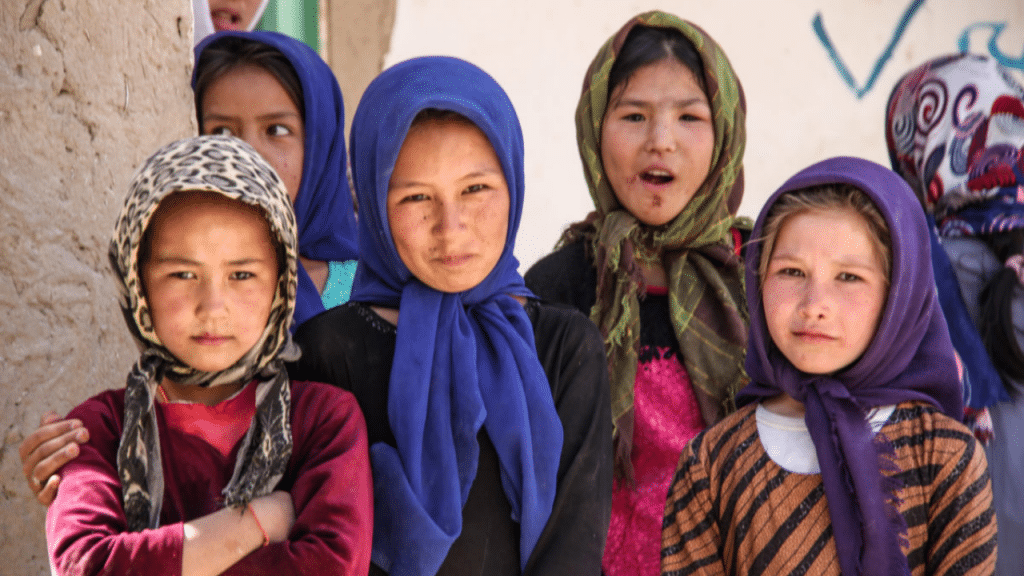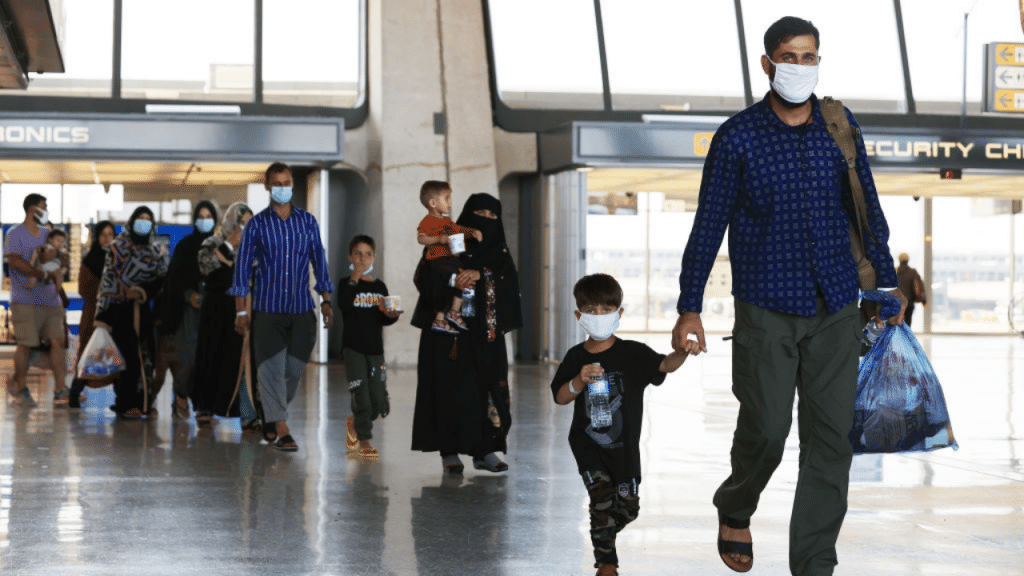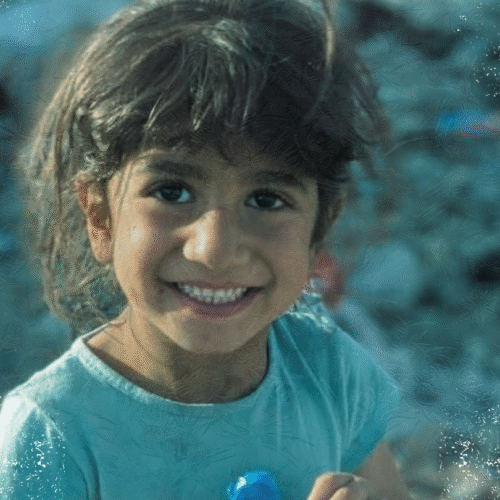On August 16, 2021, we were haunted by images of hundreds of Afghans desperately trying to flee instability in their country by clinging onto an airplane as it was taking off. Since then, Canada has pledged to re-settled 40,000 Afghan refugees through its federal humanitarian resettlement program.
The United Nations High Commissioner for Refugees (UNHCR) estimates that more than half a million Afghans were internally displaced in 2021 due to insecurity and violence, on top of 3.5 million who were already internally displaced prior to political changes that took place this year. A staggering 80% of those internally displaced are women and children. Other vulnerable populations include the elderly, those with existing health issues, and families with disabilities. These groups are in need of additional supports in the form of social programs and medical aid.

Today, over 3,500 refugees have arrived in Canada, and as we expect to welcome more in the new year, there is a dire need to assist an increasing number of Afghan families, and particularly these vulnerable groups, rebuilding their lives in their new homes.
Building a new life comes with its challenges for anyone, but is an especially onerous process for refugees. Being uprooted from the lives that they have established, refugees leave behind not only their personal belongings, but also their former identities in the form of culture, language, careers, and relationships. For refugees, rebuilding their lives entails addressing many complex needs. They are forced to shape new identities as they learn a new language, orient themselves to new geographical and cultural terrains, work on transferring skills that they had developed in well-established careers and education, and come to terms with the immense changes in their lives. They may have left behind deeply rooted friendships and homes that perhaps belonged to their families for generations. During the process, they may have experienced a significant loss of financial stability, loss of loved ones, loss of health, and trauma.

While assisting refugees can come in the form of fulfilling basic essentials like shoes, clothing, personal hygiene and school supplies, there is so much more work to be done to help them resettle and reclaim their lives.






